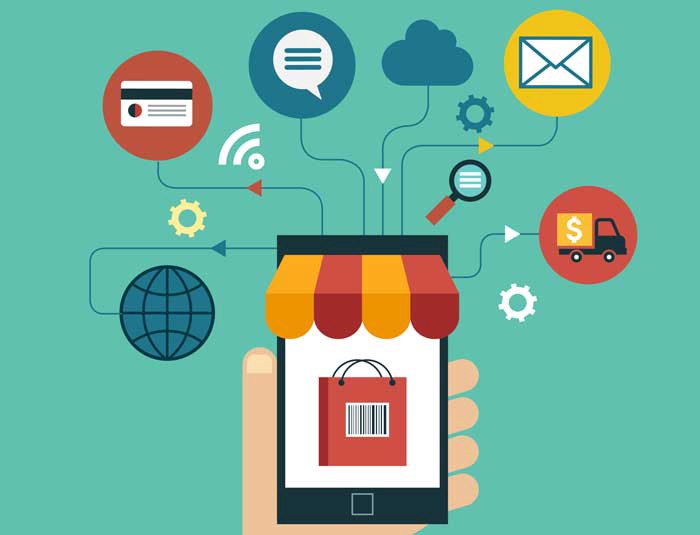
When the term ‘online marketplace’ is used, your mind likely jumps to one of Amazon, Uber, Airbnb, or maybe the company that started the whole craze, eBay. All of these companies have changed their respective industries and all of these companies deserve your attention. However, one type of marketplace starting to receive a lot more attention is the Business to Business (B2B) online marketplace.
Not surprisingly, a few years ago Amazon launched Amazon Business to capitalize on this growing opportunity before many realized just how significant an opportunity it was. B2B e-commerce is growing at an incredible pace, with Bank of America recently projecting the B2B e-commerce market to reach $1.4 trillion in 2021, as compared to the firm’s estimation of $761 billion for consumer e-commerce. B2B marketplaces will no doubt be a driving force of this growth, as purchasing behaviour continues to evolve and move online. In a recent study on B2B marketplaces by Roland Berger, 56% of those polled expect to make half or more of their purchases online in the next three years.
Still, B2B marketplaces are far more complex than consumer marketplaces. “B2B has many more hurdles to adoption given the complex (and often offline) procurement processes” and of course, there is further complexity caused by the payment process. In fact, the Roland Berger study had payment services as the second largest challenge facing B2B marketplaces, only behind marketplace technology development.
Many don’t realize that Uber did not just improve the process of finding a ride, it refined the entire journey, including the payment. By making the payment process nearly invisible, riders experienced a new level of convenience and were now far more likely to engage in the service. Moreover, funds could now be distributed to drivers in a particularly transparent and seamless process as well. Most marketplaces are looking to create an “Uber-esque” payment process, but doing so can be particularly difficult for a number of reasons. Nowhere is this more true than in a B2B marketplace.
“Most people think that payments simply involve moving money from one account to another, but the process has so many moving parts, and is so much more complex than that”. Nilesh Dusane, Ripple’s former VP of Global Sales and nanopay’s Chief Revenue Officer, knows a thing or two about payments.
Unlike a consumer marketplace, where customer experience is the primary concern regarding payments, B2B marketplaces must also consider the compliance implications, as both national and international legal and financial requirements weigh heavily in the payment process. The effort put behind a properly integrated compliance program is often underestimated and undervalued, as it takes both significant technological resources and manpower to implement. Of course, this concern is exacerbated by the fact that the typical basket size in a B2B marketplace can be magnitudes greater than a consumer purchase.
One of the reasons most companies still opt to use cheques for payments, even though faster, more secure and more streamlined payment methods exist, is because the cheque is universal, although antiquated. Many countries use distinct payment methods in the B2B world and this makes creating a seamless transaction process for a global marketplace particularly difficult.
Further payment challenges facing B2B marketplaces include:
- Cashflow: The gap between purchase and payment in B2B transactions is often several weeks
- Fees: Transparency for both the sender and receiver with respect to transaction fees and FX rates can compound an already complex transaction
- Invoice management: Despite the complexity caused by multiple parties transacting around the globe, buyers want to receive fewer and more homogenous invoices, and of course, they want ease of integration with whatever ERP they use
As B2B marketplaces become more prevalent, they will need payment providers that can adapt to their particular needs. Solving for complex, split payments, FX rates, regulatory restrictions, and invoice reconciliation are just some of the hurdles along the path to a future where B2B payments are as frictionless as Uber is for consumers. Still, necessity is the mother of invention, and companies like nanopay are constantly looking to the future to solve for pain points in the market today. By always keeping security, transparency and of course, cost, top of mind, payment providers like nanopay can help usher in a new age of business payments. Stay tuned.





